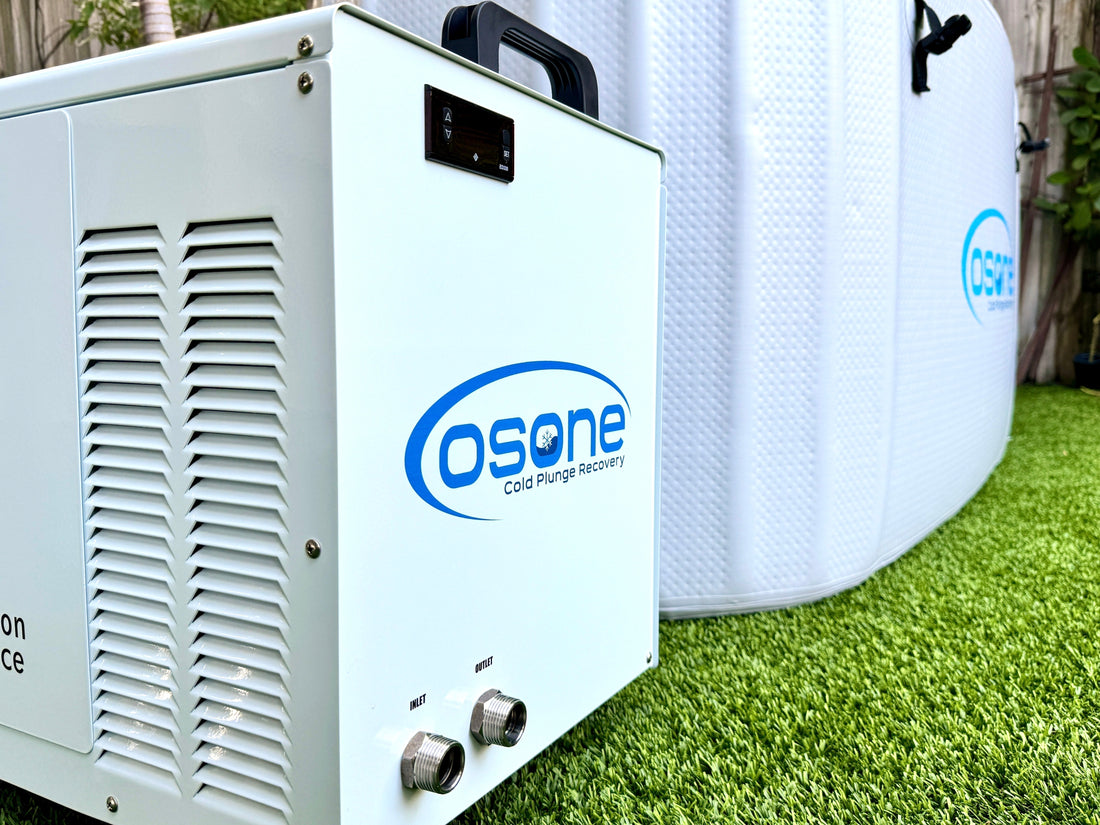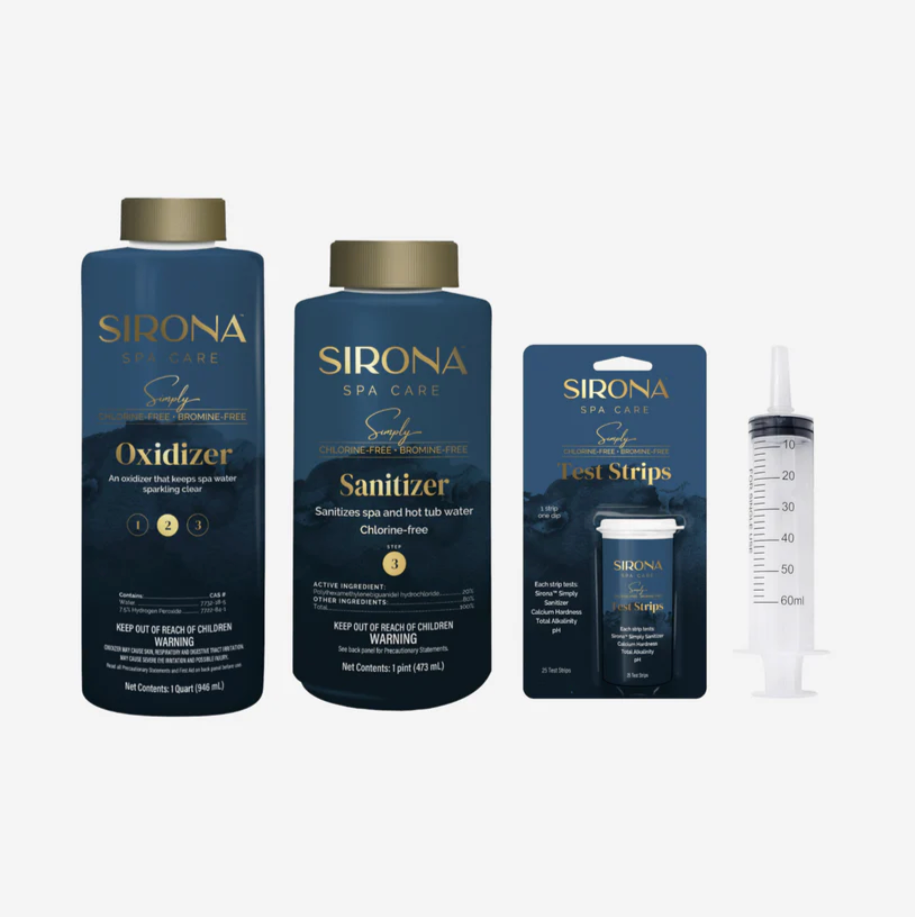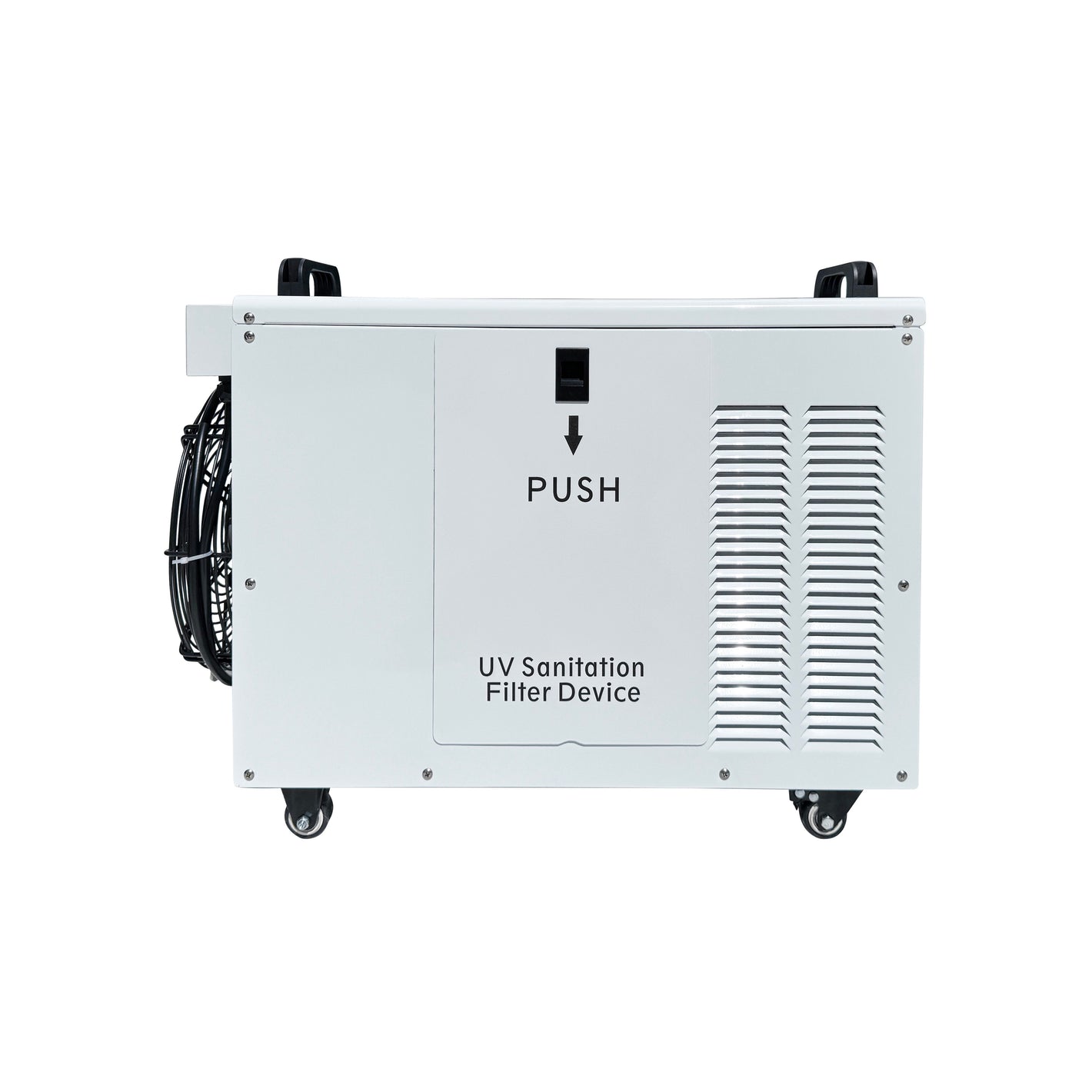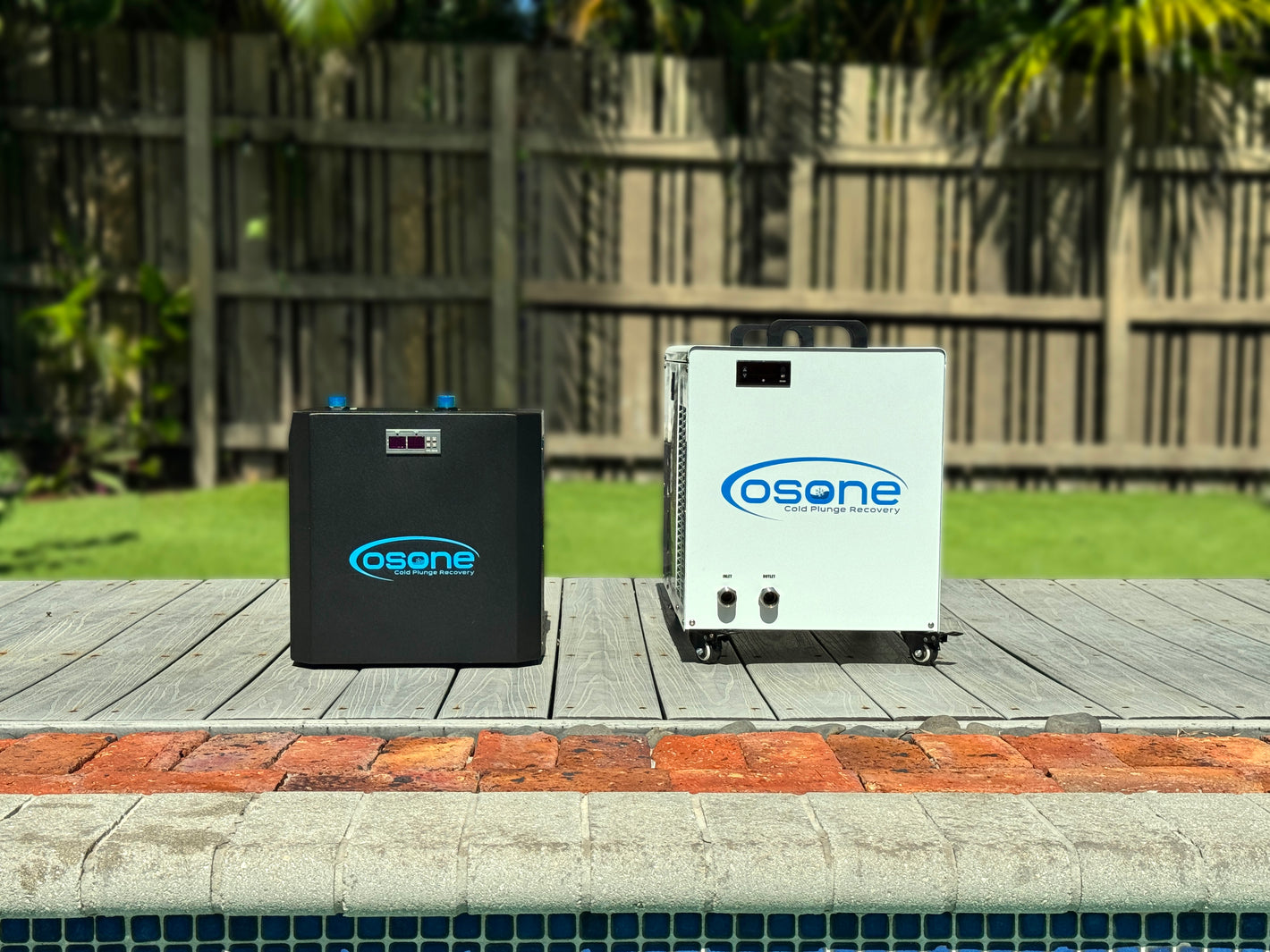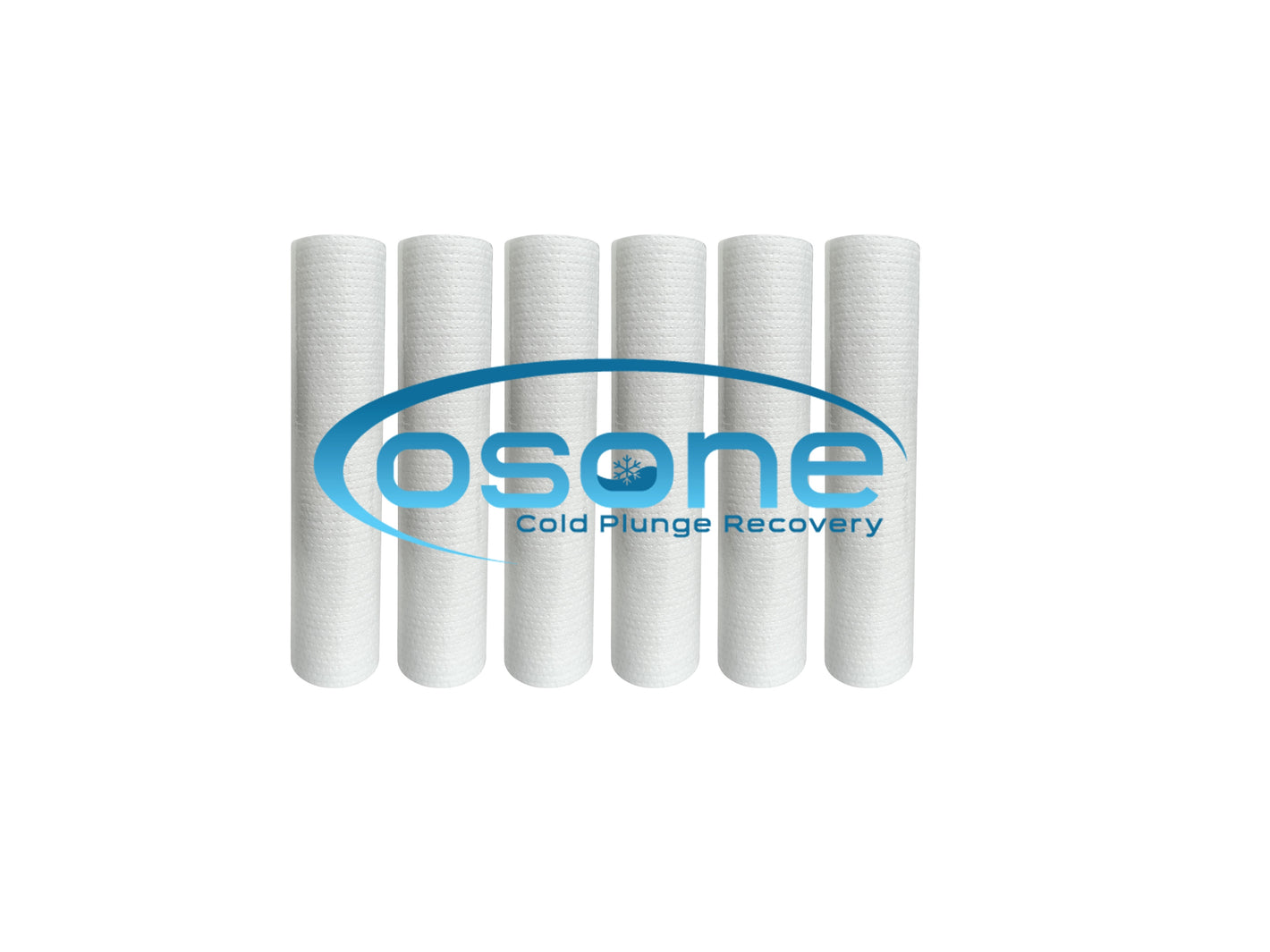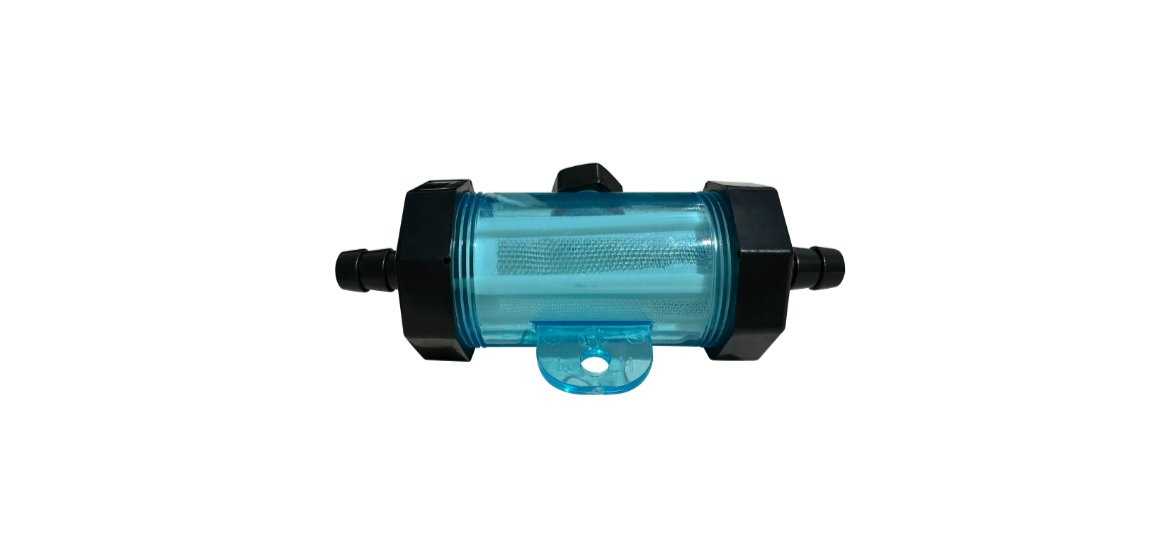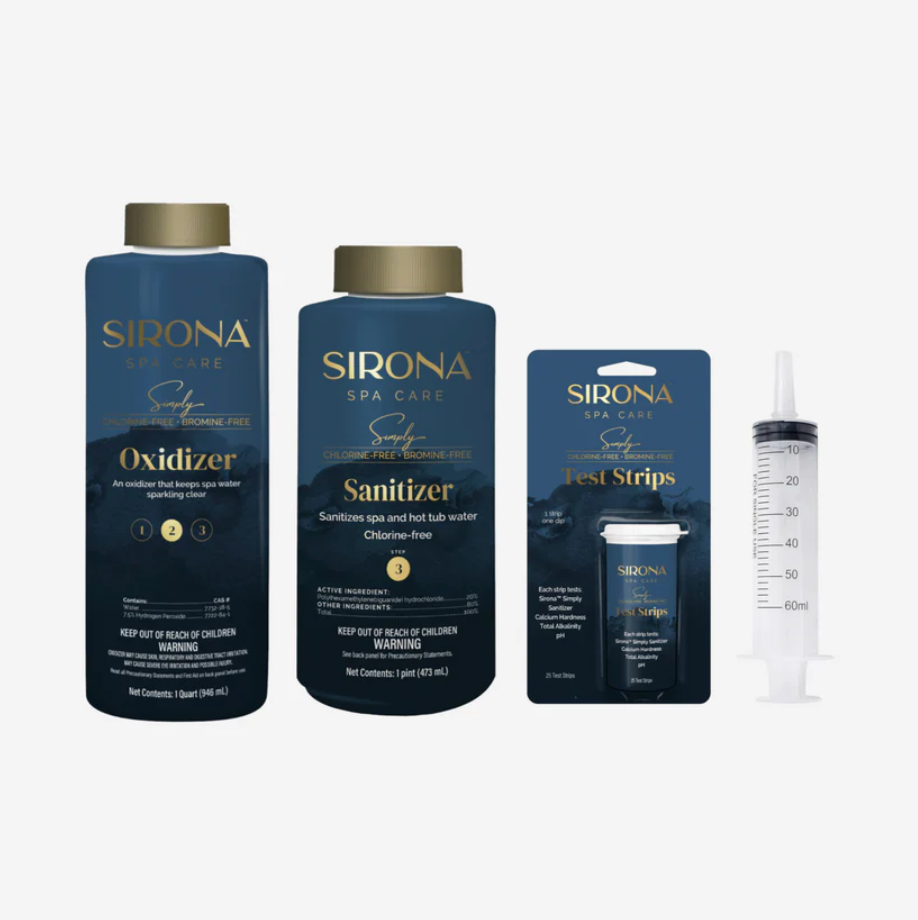One of the questions we get asked most frequently is if you should keep your chiller running nonstop or only turn it on when you’re ready to plunge? The answer depends on how often you plunge, energy costs, water cleanliness, and how your chiller’s compressor cycles are managed. Let’s break it down.
The Role of Water Flow and Filtration
One of the most overlooked aspects of cold plunging is water flow. Chillers are designed to constantly circulate and filter the water. This circulation, combined with proper sanitation methods (ozone, UV, or added solutions), prevents bacteria, algae, and biofilm from forming.
-
When running nonstop: The water is consistently filtered and kept in motion, making it easier to maintain clear, sanitary water with fewer chemicals and fewer water changes.
-
When turned off: Water becomes stagnant, and stagnant water is a breeding ground for bacteria. This increases the need for more frequent water changes, stronger chemical treatments, and a higher risk of cloudy or foul-smelling water.
If water cleanliness and convenience are priorities, keeping your chiller running is the safer option.
Energy Usage and Plunge Frequency
The other side of the debate is energy cost. Running a chiller around the clock isn’t free, and how often you plunge makes a difference.
-
Frequent plungers (daily or every other day): Keeping the chiller running nonstop makes sense. The water is always ready at your target temperature, and you avoid long cool-down periods.
-
Occasional plungers (1–2 times per week): For some, it may be worth shutting it down between uses to save electricity. However, this comes with trade-offs: your water will require more chemicals and monitoring, and the chiller will work harder when restarted to pull the water back down to temperature.
Understanding Compressor Cycles
One of the most efficient aspects of modern chillers is how they cycle the compressor. The compressor doesn’t run 24/7. Instead, once the water hits your desired temperature (say 50°F), the unit powers down. It only kicks back on when the water drifts a few degrees above your set range.
This means:
-
The chiller isn’t constantly drawing full power.
-
Energy use is more balanced, and your unit is protected from unnecessary wear.
-
You can fine-tune the temperature swing (± degrees) to optimize efficiency. For example, allowing a 5–10°F buffer reduces how often the compressor cycles, extending compressor life and reducing utility costs.
In many cases, this balance, keeping your chiller running with a smart temperature buffer, is the best solution overall.
The Bottom Line
Whether you keep your chiller running or only turn it on before plunging depends on your usage:
-
Plunge daily or several times a week: Keep it running. Your water stays clean, cold, and ready.
-
Plunge weekly or less: Consider turning it off to save energy—but expect more work replacing the water, cleaning the plunge and higher demands on the chiller to cool the water down from starting ambient temperatures.
-
Best long-term practice: Allow your chiller to cycle naturally with a reasonable temperature buffer. This ensures clean water, lower maintenance, reduced compressor wear and a manageable energy bill.
In short, convenience and water quality favor keeping it running, while rare users may choose to shut it down between plunges. The key is finding the balance between energy efficiency, water cleanliness, and personal use frequency.

